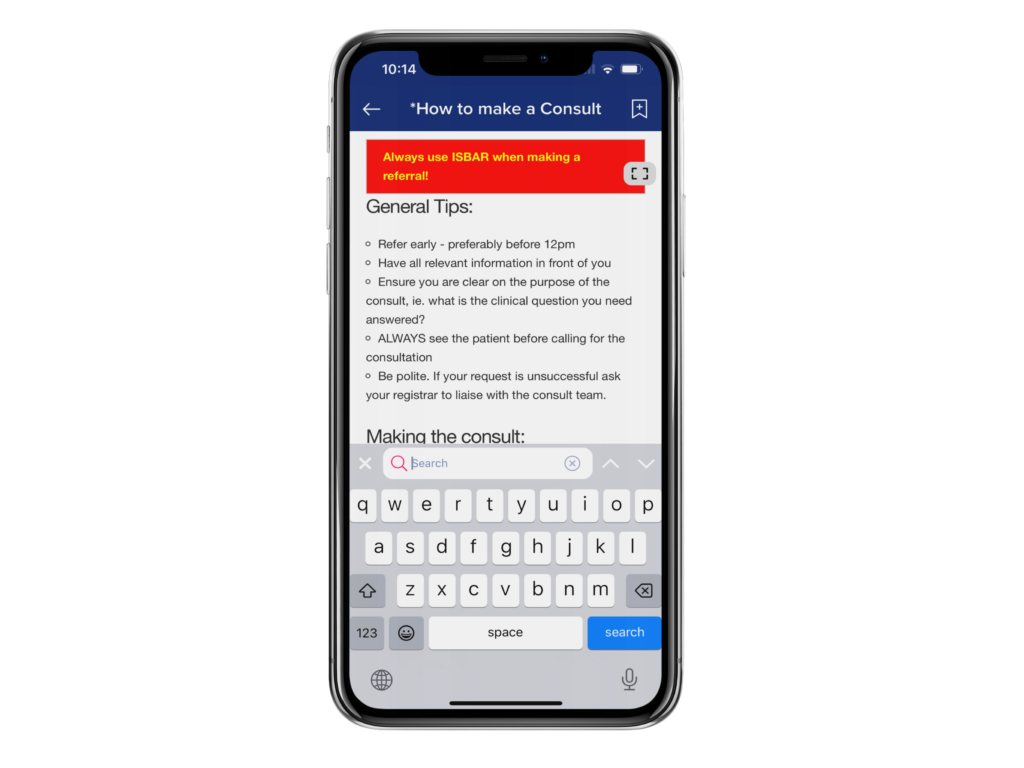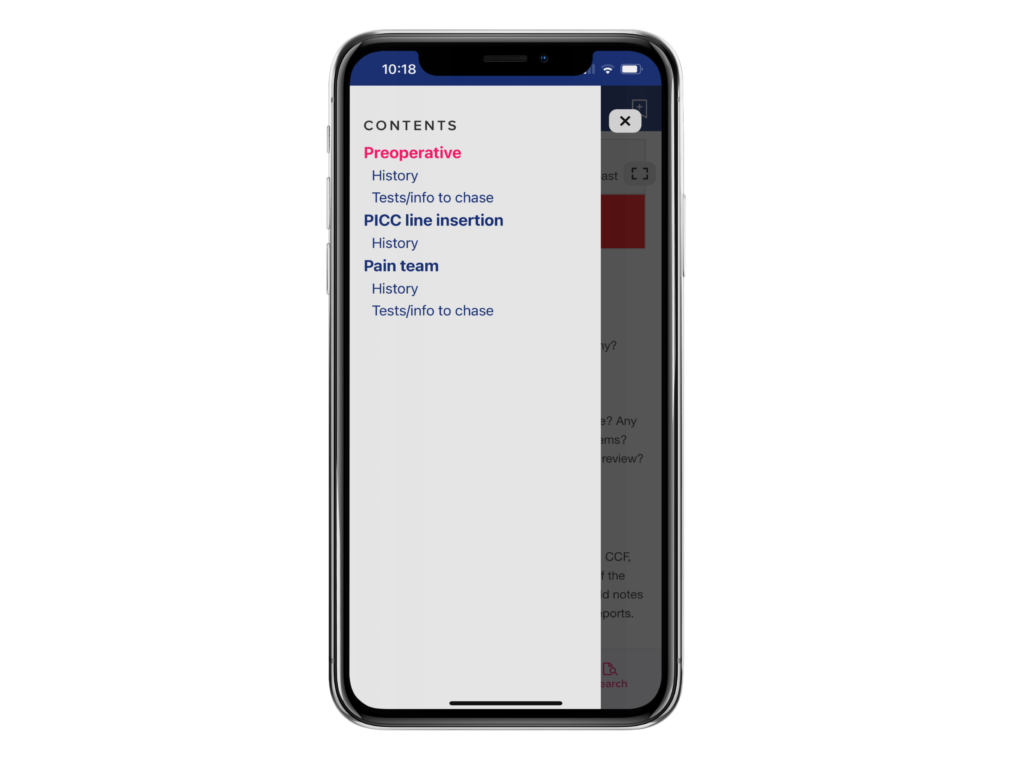If you’ve ever had to sell your product or service into a government agency or a healthcare organisation, you’ve no doubt experienced the full gambit of emotions. Elation, relief, despair, hope, frustration, love, hate, sometimes at the same time! As you move through the seemingly endless number of policies, procedures, processes and consensus building It can be tough, but in the end could be rewarding.
As a smaller organisation looking to work with a large government body there are plenty of things to try and be across. Every experience is a learning opportunity, especially when they don’t go to plan.
Recently, a project that we kicked off fell through. This blog is a reflection about some of the key lessons and what could have been done differently.
We hope that by sharing our thoughts on some of these lessons we can open up a discussion that will benefit small to medium sized businesses trying to sell into, or run projects in government, specifically healthcare.
With ~70 hospitals and working with 35,000 clinical and admin staff internationally we’ve got our fair share of wins, learnings and battle scars. As a caveat, this is our subjective opinion based on our personal and collective experience. We appreciate there are academic and professional papers / research that cover this in the most granular of detail.
The reality is, small businesses may not have the time to get everything perfect before moving forward – often perfect doesn’t survive the first conversation and becomes the enemy of good.
Selling and pitching to healthcare providers
Public agencies have formal procurement processes to ensure public funds are spent effectively and prevent corruption, but overall it’s still a relationship game. You need to know who the players are and what’s going to be in it for them. You also need to make a call on whether you’re going to run a pilot for ‘free or not’.
Not only does your product or service need to solve a problem or create value – you need to contribute in a positive way to the internal political battles your customer champion, influencers and end users are fighting. You need to fill them with enough confidence that they will go into bat for you and have a better than average understanding of why, what, how they should work with you.
Providing easy to consume info at the right time, focusing on upside benefits and reconnecting with pain points constantly is required here. ‘Yes, you will have to invest money – but what is the cost if you don’t change’
Having difficult conversations early is essential. Uncover as many of the potential challenges and roadblocks as possible and get clear on ‘who is who’ in the decision making process. If you can, record some of your meetings and workshops (with permission) then you have the opportunity to watch, critique and improve with some more objective notes. For a practical guide on having impossible conversations, check out the book by the same title by Peter Boghossian and James Lindsay.
Having difficult conversations early is essential. Uncover as many of the potential challenges and roadblocks as possible and get clear on ‘who is who’ in the decision making process.
The procurement process
Understand and document the procurement process. Know the people, who is your Coach, who is your Champion and who is the economic buyer. Almost more importantly, be aware of who can derail your efforts, even if they aren’t directly on the project or procurement team.
A tender process can, and often will be, a drawn out and bureaucratic process. In particular the decision making timeline is rarely stuck to. This needs to be understood as this has downstream impacts. The main one being delays to invoicing, cash flow and team capacity. When planning, always build some brackets, maybe a few months, to the actual date of decision to allow you to plan for effective delivery.

The specs doc
Beware the tender specifications documentation, it may not be what it seems! It may not cover every nook and cranny (or even some of the major ones…) of the required solution or service . So make sure you ask as many questions as possible to probe potential holes. Also get further clarification on the process for when things outside the written specifications come up.
Even when product limitations are acknowledged up front, if there are stakeholders who have the potential blockers that aren’t directly involved in the tender process you may still get bitten by those limitations later on.
Solution orientated (or not)
We found ourselves chasing our tail and bending to the additional, post-tender demands that started coming our way during implementation. Even when assured that these were the key additions necessary to proceed, it still fell through. Again, this stemmed from not having all the right voices in the room and on the journey from the start.
Reflecting on this as a team in our after-action review we should have forced a stop in work earlier in order to get the additional stakeholders in the room. We attempted to do this during the project, however on reflection it happened far too late, and opinions had already become too concrete.
At this point, despite mutually agreeing to a way forward, the timeline and process was not adhered to, driven primarily by two key stakeholders. Further delays in communication between the clinicians, governance groups and the Med App team added weeks (which turned into months) to the plan. Slowing momentum, discussions and decisions.


Contracting and payment
Holding your breath for the ‘right’ approvals, getting sign-off and chasing payments. Given the amount of things happening day to day in a hospital – you’ll rarely be front of mind. So pick up the phone call to follow up. Emails get reactions, phone calls start conversations.
If you’ve clarified what the process is up front and know who the people involved are you can chase the right people at the right time. Delays in payment can be deadly and stressful to small businesses (and is unfortunately common with government) – so there is no harm in constantly chasing people!
We’ll dive into the importance of improving your contracting terms as you grow in size at a later point, this is a blog article all by itself.
You’ve won a contract or project, now what?
Because of time and capacity constraints, on this project we got straight into work mode. We ran our kick off meeting with the executive and project team, however the project team was missing key stakeholders that would later become immovable blockers and should have been involved – our biggest and most crucial mistake. We were also missing frontline clinicians from this group, who would probably have proved to be supportive stakeholders. Clarifying expectations, preconceived assumptions is a must – have the hard conversations early.
…the project team was missing key stakeholders that would later become immovable blockers and should have been involved – our biggest and most crucial mistake.
Set you and your customer up for success with the ‘post sale, sale’. Your team must continue to validate pain points (sometimes ad nauseam) with the project team (or frontline staff if there is no project team). Include these in your project communications and refer to them often as the project moves forward. Structuring your project team, governance and the rhythm of delivery and reporting are critical steps and should be outlined clearly at the kick off meeting.
Learn more about running a great project kick off meeting here.
Working in joint project teams – ‘ways of working’
Another critical error on our part was failing to properly match or modify our implementation process to a highly structured government project plan. This prescriptive plan didn’t adapt to the nature and needs of the project. There was a clear mismatch between the more fluid, iterative and agile approach of a small technology business and the inflexible project frameworks setup by the government. Both organisations needed to adapt and neither did until it was too late.
Both organisations needed to adapt and neither did until it was too late.
Understanding the ‘ways of working’ of your broader team matters more than you think. Setting the expectations, getting on the same page and managing this on an ongoing basis is foundational. You can read more about this with Chris Mihos and the team at ORGH. Working towards intellectual bravery, where there is the willingness to disagree, challenge and problem solve in a safe environment is key.
While virtual working has become almost completely normal, it still falls short of being physically in the same space to solve problems creatively. You can access a great article for virtual collaboration here.
Delivering an outcome
Assuming all of the previous steps have gone smoothly a close working relationship should exist between vendor, clinician, project team and executive. This is critical as unknown challenges will pop up and a solid foundation and problem solving process will put you in a strong position to co-design effective solutions. With the solutions having clear, concise timelines where all personal and organisational expectations are met.
Learn from the challenges that come up and build resilience throughout the project delivery. It’s important to celebrate wins, milestones and successes as a collective. It’s critical you share and promote successes across all organisations you are working with.
Collect testimonials
If you work in health it’s important to publish your outcomes and the wins the team has achieved. We’re always asked ‘what have other people done’ and in a risk adverse sector like health, testimonials and specific outcomes always helps to build confidence and understanding.
Are we the only ones?
We know there are a thousand things we couldn’t include here, and probably some more insightful learnings, so please reach out to us to share your experiences or ideas on what we could / should have done differently.
Or if you want to share tools, tips, templates, approaches or just war stories, get in touch! We’d love the opportunity to collaborate – rising tides lifts all boats!
You can also reach us on Linkedin and Twitter

References
- https://www.linkedin.com/feed/update/urn:li:activity:6814086042262630400/
- https://thedigitalprojectmanager.com/projects/how-to-run-a-great-project-kick-off-meeting/
- https://www.ohrg.com/
- https://hbr.org/2020/10/to-foster-innovation-cultivate-a-culture-of-intellectual-bravery?utm_medium=email&utm_source=newsletter_daily&utm_campaign=dailyalert_notactsubs&deliveryName=DM101024
- https://hbr.org/2020/10/4-tips-for-effective-virtual-collaboration?utm_medium=email&utm_source=newsletter_daily&utm_campaign=dailyalert_notactsubs&deliveryName=DM101024
- https://www.salesbuzz.com/the-lost-deal-how-to-recover-after-losing-a-sale/





Congratulations on your very thoughtful piece about learning from your missteps. I’m sure it resonates with many other firms . Learning is the upside of failure for smart organisations.
This was incredibly honest and helpful. Powerful insights about stakeholders who may become immovable blockers and the importance of understanding differences in ways of working culturally to set everyone up for success. All too real reflections! Thanks for sharing.